Sharp SJ-TE172M1X-EU Bruksanvisning
Läs gratis den bruksanvisning för Sharp SJ-TE172M1X-EU (116 sidor) i kategorin kylskåp. Guiden har ansetts hjälpsam av 25 personer och har ett genomsnittsbetyg på 5.0 stjärnor baserat på 13 recensioner. Har du en fråga om Sharp SJ-TE172M1X-EU eller vill du ställa frågor till andra användare av produkten? Ställ en fråga
Sida 1/116

Home Appliances
Fridge-freezers
SJ-TE172M1X-EU
User ManualEN
BedienungsanleitungDE
Guide d’utilisationFR
HandleidingNL
Manual de UsoES
Manual de InstruçőesPT
BrugsanvisningDK
BruksanvisningNO
InstruktionsbokSE
KäyttöohjeFI
KasutusjuhendEE
Produktspecifikationer
| Varumärke: | Sharp |
| Kategori: | kylskåp |
| Modell: | SJ-TE172M1X-EU |
Behöver du hjälp?
Om du behöver hjälp med Sharp SJ-TE172M1X-EU ställ en fråga nedan och andra användare kommer att svara dig
kylskåp Sharp Manualer
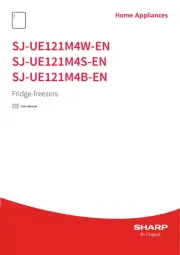
9 Oktober 2025
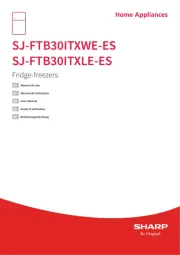
8 Oktober 2025
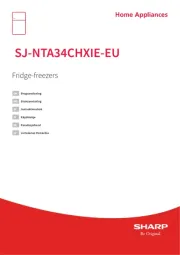
8 Oktober 2025
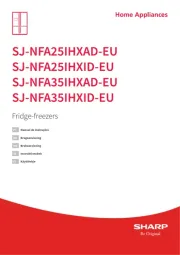
8 Oktober 2025
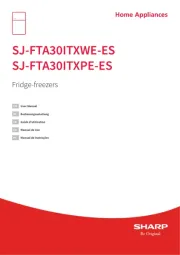
8 Oktober 2025
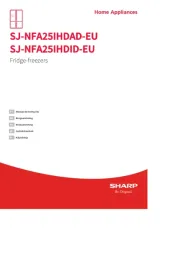
8 Oktober 2025
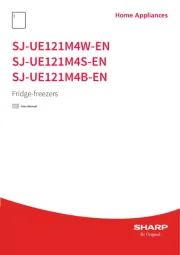
8 Oktober 2025
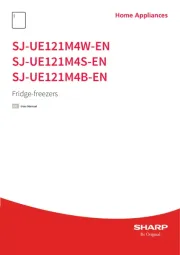
8 Oktober 2025
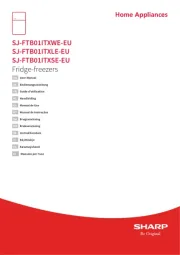
8 Oktober 2025
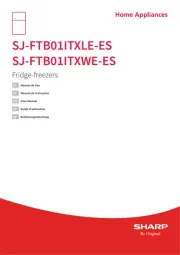
8 Oktober 2025
kylskåp Manualer
- Salora
- DCG
- Respekta
- Arthur Martin-Electrolux
- Camry
- Sauber
- Mora
- Livoo
- Teka
- Mitsubishi
- WAGAN
- Vestel
- Rangemaster
- Euromaid
- Kuppersbusch
Nyaste kylskåp Manualer
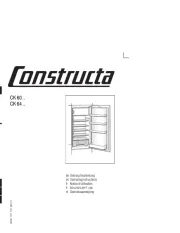
23 Oktober 2025
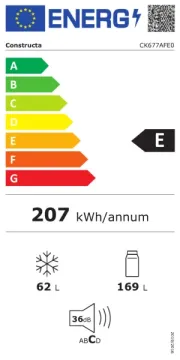
23 Oktober 2025
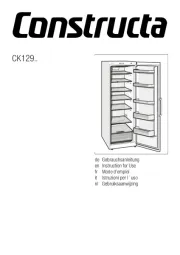
23 Oktober 2025

23 Oktober 2025
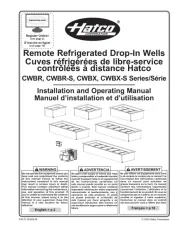
23 Oktober 2025
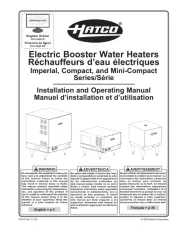
23 Oktober 2025
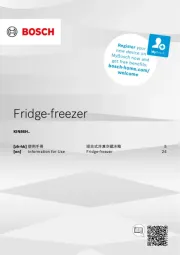
21 Oktober 2025
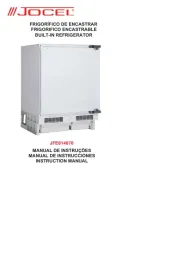
21 Oktober 2025
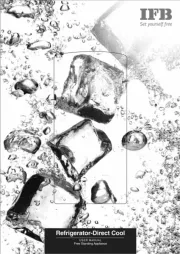
20 Oktober 2025
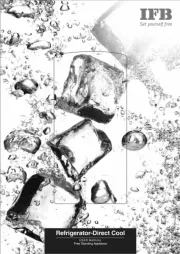
20 Oktober 2025